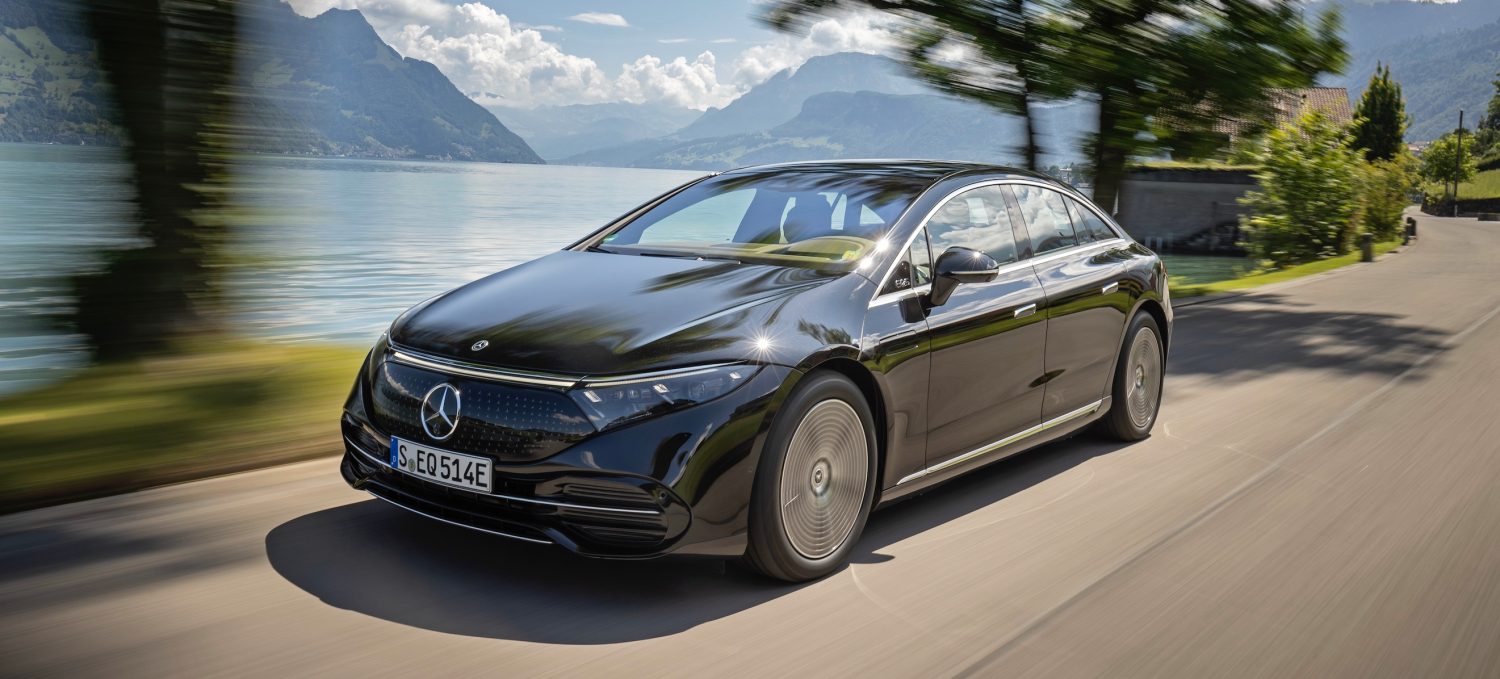This is also known as an electric car's range, and it changes based on the car you drive, how you drive it, and the conditions you drive it in - much like a petrol / diesel car.
As battery technology improves, the range of electric cars increases. The first mainstream electric cars, such as the Nissan Leaf and Renault Zoe, had ranges of around 100 miles when they first went on the market a few years ago.
Updated models of these cars now have nearly double the range in their batteries, and electric cars on the market today will increasingly have a range of well over 200 miles. The Audi e-tron SUV, for example, has a range of around 240 miles, while the Hyundai Kona EV and Kia e-Niro have a range of around 270 miles. Tesla cars have a range of more than 300 miles between charges.
Remember that most electric car drivers won't drive the car's whole range before charging it from empty to full; otherwise, they'll stop at a nearby charger, where you can top up to around 80% of the car's power in around 30 minutes with a fast charger.
How can I increase the range of an electric car?
However, much as with a petrol / diesel car, how you drive an electric car effects how far you can go. As a result, slowing down can save you energy; in fact, slowing down by 10 mph uses 14 percent less energy, allowing you to get more range from a single charge. Using your heating and air condition less will help your electric car run further.
Braking forcefully and starting your car from a stop both place more strain on your battery, so keep your eyes open for as far ahead as possible and focus on slowing down slowly rather than abruptly stopping.
What else affects the range of an electric car?
Extreme weather can reduce an electric car's range by hundreds of miles. This is due to the fact that extremely hot or cold temperatures have an impact on the battery's efficiency. Using the headlights at night will drain the battery faster, and strong headwinds will lower a car's range.
What is the longest-range electric vehicle?
The selection of cars is always developing, but at the time of writing, the top five options (as decided by the Worldwide Harmonization Light Vehicle Test Procedure (WLTP)) are:
Tesla Model S has a range of 375 miles.
Tesla Model 3 has a range of 348 miles.
Tesla Model X has a range of 315 miles.
The Jaguar I-Pace has a range of 292 miles.
The Kia e- Niro has a range of 282 miles.
What happens if the battery in your electric car runs out?
When your car's battery is about to run out, you'll usually get plenty of notice, with some models even offering to drive you to the nearest charging station to avoid total discharge.
Many manufacturers provide Roadside Assistance to pick you up and transport you to a charging station, and the AA and RAC also offer electric car solutions. If your battery is completely drained, the cells may be damaged, resulting in lower performance, therefore try to charge it up to around 20% of its capacity whenever possible.
Are electric cars suitable for long travels?
Electric cars are perfect for long travels; all you need to do is start with a full charge and be aware of your vehicle's range. If you only charge your car at home, all you need to do is make sure you can drive to and from work on a single charge before plugging it back in for the night.
However, with all of the above-mentioned electric power sources, there's no reason you can't recharge over your lunch break. Just keep in mind that charging might take a long time (anything from 30 minutes to 12 hours from empty to full), so plan accordingly.





0 Comments